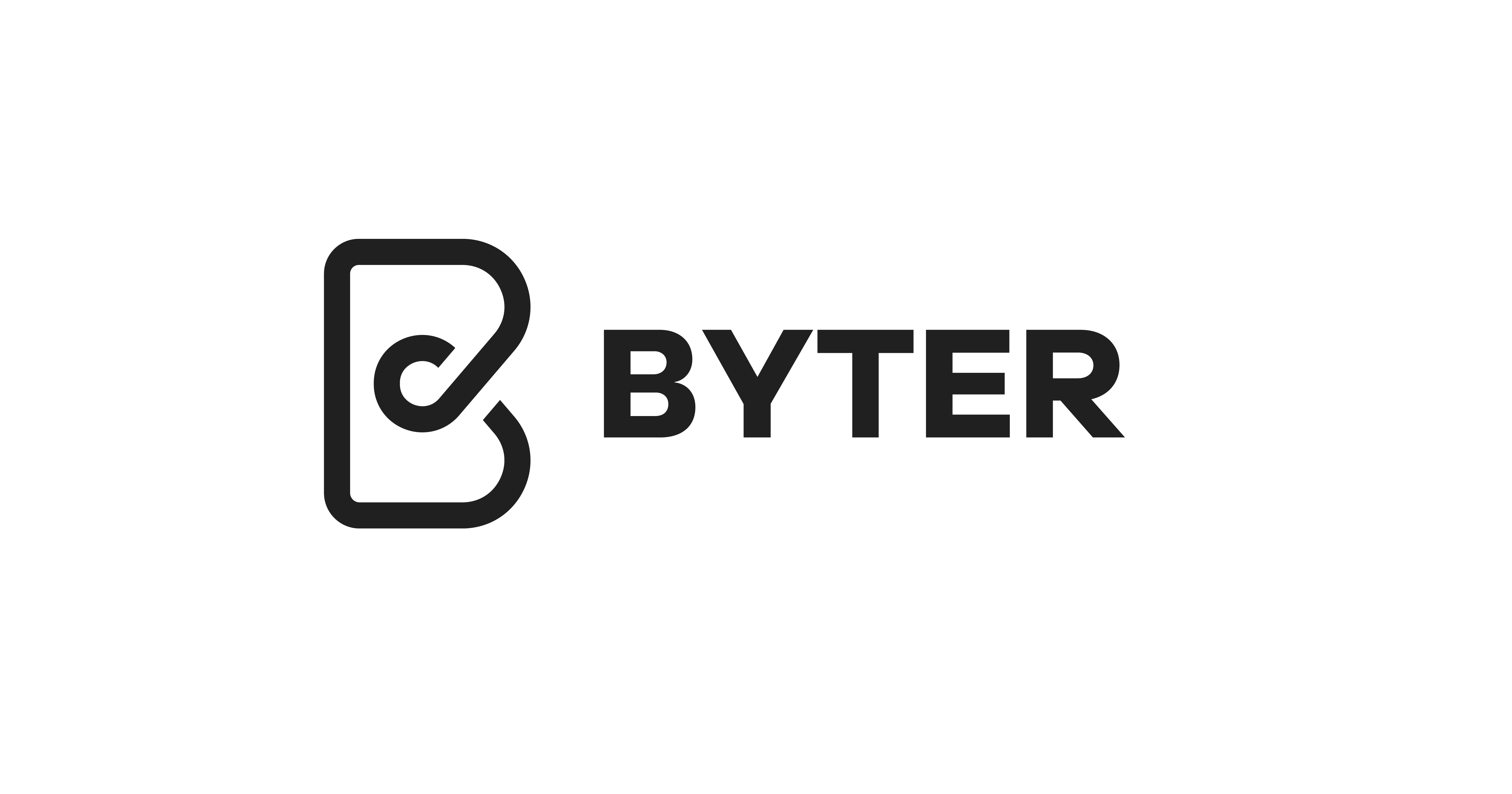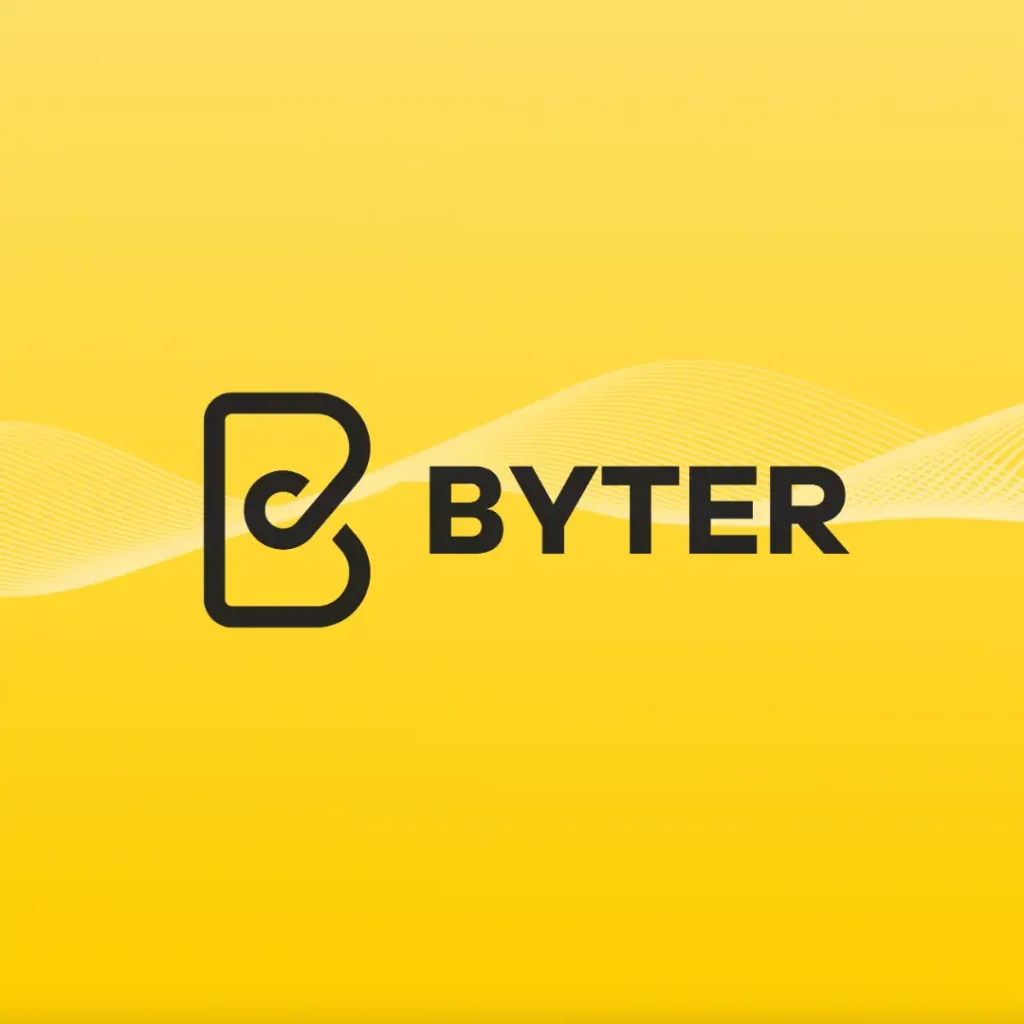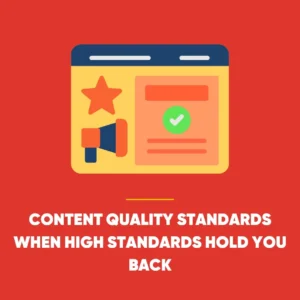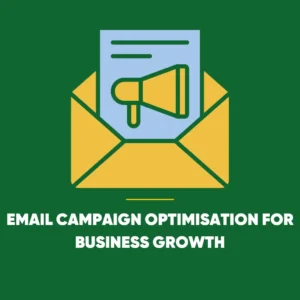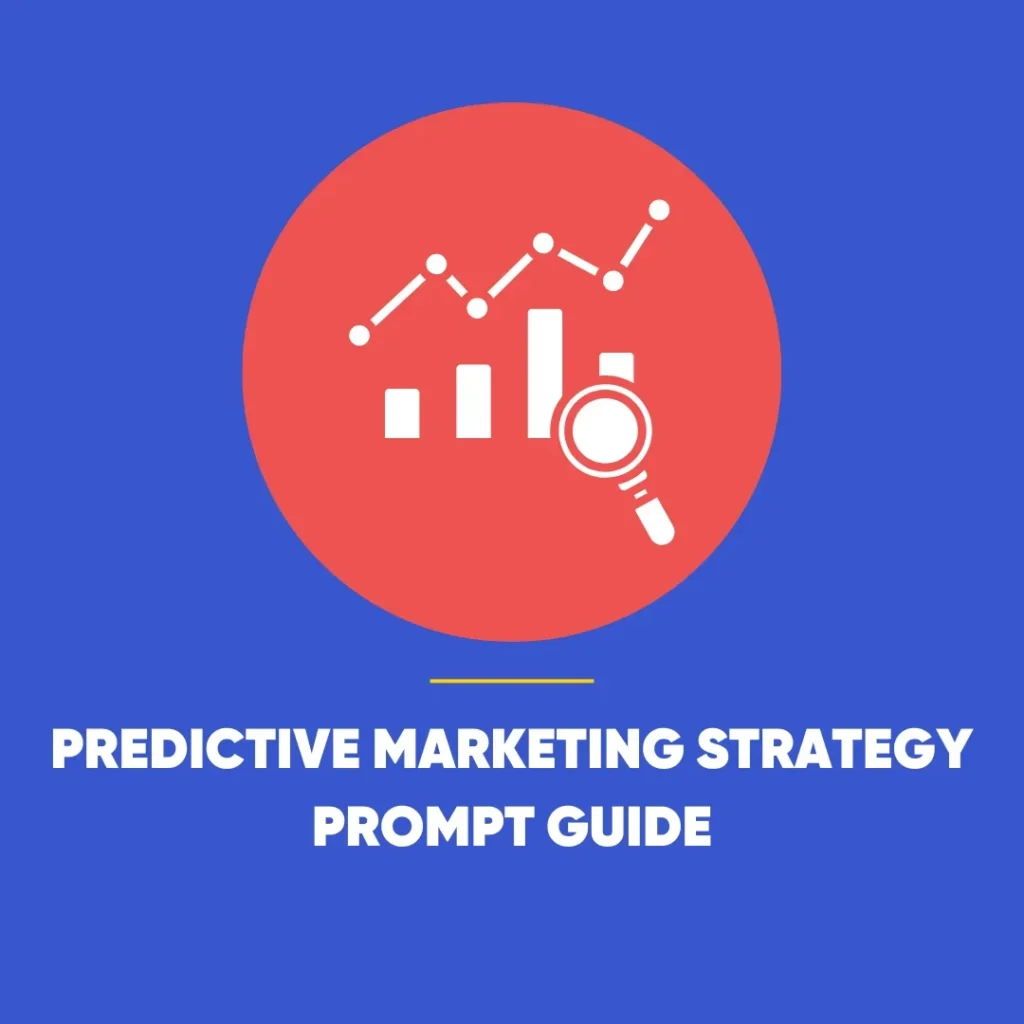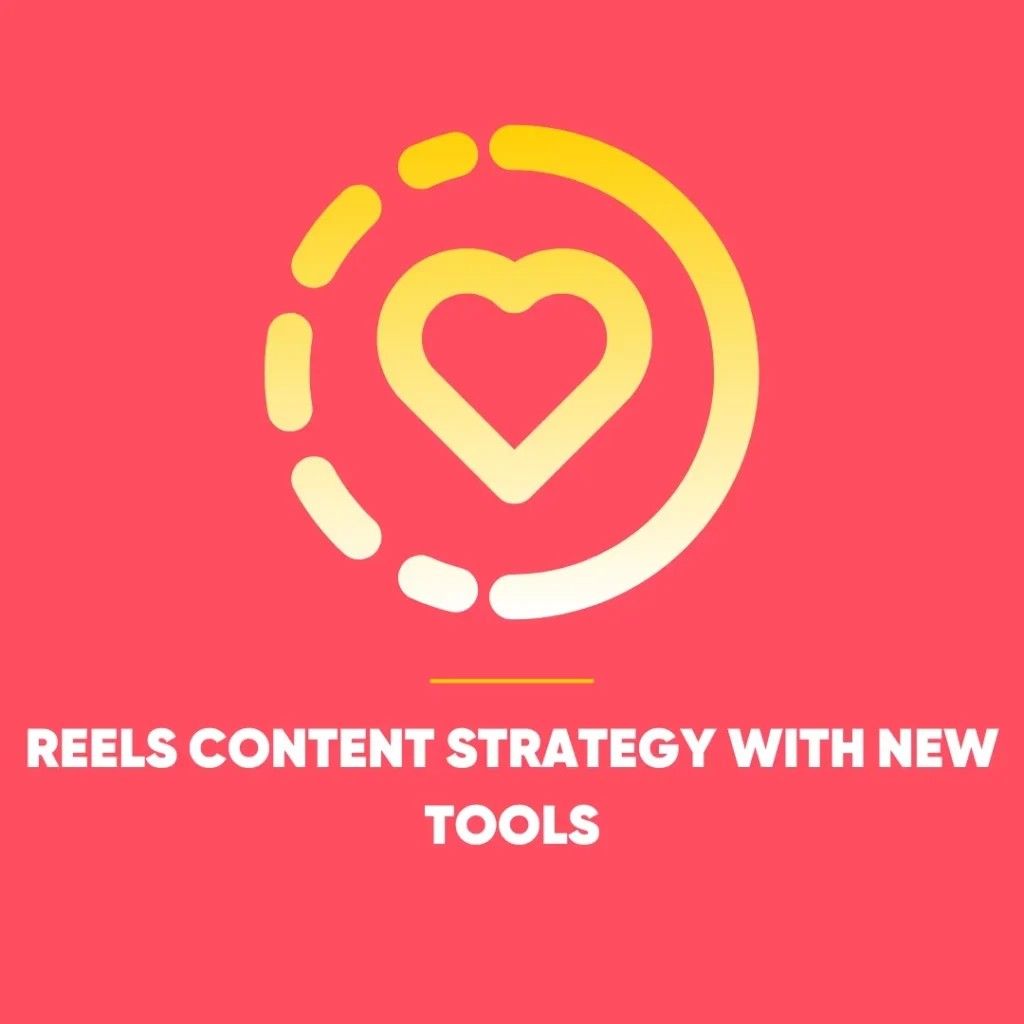AI Assistant Visibility in Modern Search
Understanding visibility in the age of hybrid retrieval
AI assistant visibility is reshaping how marketers measure success, blending traditional SEO with emerging AI-driven discovery. Marketers optimised, ranked, and tracked performance – all within a closed loop that Google itself made measurable. Success or failure appeared right there on the results page.
Today, however, the landscape has evolved. AI assistants like ChatGPT, Claude, and Perplexity now sit above traditional search engines. They summarise, paraphrase, and cite sources before the user even clicks. As a result, marketers are faced with a new challenge – their content may be seen, referenced, or ignored entirely, without showing up in analytics.
But this doesn’t make SEO obsolete. It simply introduces a parallel layer of visibility that needs a new way to be measured.
Why AI Assistant Visibility Matters
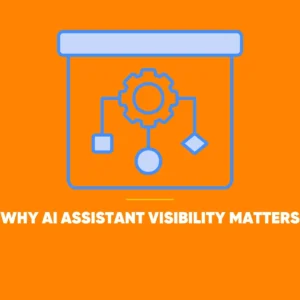 Traditional search engines still dominate measurable web traffic. Google alone processes close to four billion searches each day, dwarfing the reported ten billion annual queries that Perplexity handles.
Traditional search engines still dominate measurable web traffic. Google alone processes close to four billion searches each day, dwarfing the reported ten billion annual queries that Perplexity handles.
Despite the size difference, AI assistants are increasingly shaping how people consume and trust information. When a user asks a question, these assistants now display summarised answers and cite the sources they rely on – effectively revealing which content and domains their models trust most.
Unfortunately, marketers currently lack a native dashboard to track this behaviour. Although Google has started incorporating “AI Mode” data into Search Console, this information is mixed into overall web results. There’s no clear way to isolate how much traffic comes directly from AI-generated experiences.
Until that changes, marketers can rely on a practical, maths-based proxy test to understand where AI assistants and search engines overlap – and where they diverge.
Two Systems, Two Paths to Discovery
Search engines and AI assistants use different retrieval systems.
Lexical Retrieval – The Search Engine Way
Traditional search relies on lexical retrieval, where algorithms match specific words and phrases. A method known as BM25 has powered most major search engines for years, ranking results based on keyword relevance and term frequency.
Semantic Retrieval – The Assistant’s Approach
AI assistants, on the other hand, use semantic retrieval. Instead of matching words, they interpret meaning through mathematical “embeddings” – numerical fingerprints that represent text in multi-dimensional space. This allows them to connect ideas even when phrasing differs.
Each method has its flaws: lexical search may miss synonyms, while semantic models might connect unrelated concepts. However, when combined, they create what’s known as hybrid retrieval – a more balanced system of discovery.
How AI Assistant Visibility Works
Most hybrid systems merge the results of both lexical and semantic searches using a formula called Reciprocal Rank Fusion (RRF).
In simple terms, RRF blends multiple ranked lists into one unified list by assigning each result a score. The score equals 1 ÷ (k + rank), where:
- rank is the item’s position in the list, and
- k is a constant that balances top and mid-ranking results (commonly around 60).
If an item appears in more than one list, the system adds its scores together. The higher the combined value, the stronger its final position.
This fusion ensures that content recognised by both lexical and semantic systems – say, a blog that’s keyword-rich and conceptually clear – performs best in hybrid search environments.
Measuring Where Search and Assistants Align
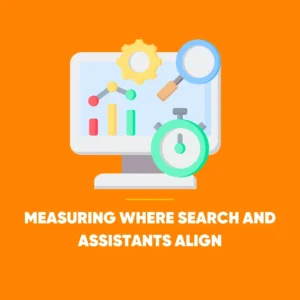 Marketers can analyse AI assistant visibility to understand how these systems behave at the surface level and influence content discovery. The process below helps determine how much overlap exists between traditional search rankings and AI assistant citations.
Marketers can analyse AI assistant visibility to understand how these systems behave at the surface level and influence content discovery. The process below helps determine how much overlap exists between traditional search rankings and AI assistant citations.
Step 1: Collect Your Data
Choose ten key queries relevant to your brand. For each query:
- Record the top ten organic results from Google.
- Run the same query in an assistant that shows citations (like Perplexity or ChatGPT Search).
- Note every cited URL or domain.
Now, you have two lists per query: one from Google, one from the AI assistant.
Step 2: Calculate Three Core Values
- Intersection (I) – How many URLs appear in both lists.
- Novelty (N) – How many assistant citations are not in Google’s top ten.
- Frequency (F) – How often each domain is cited across all ten queries.
Step 3: Turn Counts into Metrics
- Shared Visibility Rate (SVR) = I ÷ 10
Measures how much of Google’s top 10 appears in the assistant’s citations. - Unique Assistant Visibility Rate (UAVR) = N ÷ total assistant citations
Shows how much new material the assistant introduces. - Repeat Citation Count (RCC) = (Sum of F) ÷ number of queries
Reflects how consistently a domain appears across different answers.
Example:
If an assistant cites six URLs and three overlap with Google, SVR = 0.3 and UAVR = 0.5. If one domain appears four times across ten queries, RCC = 0.4.
Making Sense of AI Assistant Visibility
These metrics aren’t universal benchmarks – they’re guides.
- High SVR (>0.6): Your content is aligned with both systems; search and assistants agree on its relevance.
- Moderate SVR (0.3–0.6) and high RCC: Your content is semantically trusted but could benefit from clearer structure or linking.
- Low SVR (<0.3) with high UAVR: Assistants are favouring other sources – possibly due to weaker clarity or schema.
- High RCC for competitors: Indicates they’re consistently cited. Analyse their schema, structure, and format.
Once patterns appear, marketers can decide whether to strengthen clarity, improve metadata, or enhance internal linking.
Strengthening Content for Hybrid Discovery
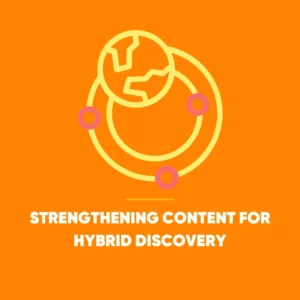 As retrieval systems evolve, well-structured and contextually rich content performs better across both search and AI. To improve hybrid visibility:
As retrieval systems evolve, well-structured and contextually rich content performs better across both search and AI. To improve hybrid visibility:
- Write in short, 200–300-word claim-and-evidence blocks.
- Use clear headings and bullet points so crawlers identify key sections easily.
- Implement structured data (FAQ, HowTo, Product, or TechArticle) to give assistants context.
- Keep canonical URLs and timestamps stable.
- Publish verifiable PDFs for high-trust topics – AI models often prefer citing fixed documents.
These refinements help both traditional algorithms and AI systems interpret and trust your content.
Turning AI Assistant Visibility into Business Language
While marketers may love formulas, executives care more about visibility and credibility. Translating SVR, UAVR, and RCC into plain terms shows how much of a brand’s existing SEO performance carries over into AI-driven discovery.
For instance, if AI assistants frequently cite competitors, that signals emerging trust patterns – and a gap worth addressing through structured improvements.
It’s also worth pairing these results with Search Console’s AI Mode data, though the information currently blends into overall search performance. Treat it as directional insight rather than definitive measurement.
The Bigger Picture
The divergence between search engines and AI assistants isn’t a wall – it’s a shift in how systems interpret relevance. Search engines rank pages after identifying the answer. Assistants retrieve relevant chunks before forming one.
This framework offers marketers a practical way to observe that shift without relying on complex coding or developer tools. It’s diagnostic, not predictive – a window into how authority and visibility now travel between two worlds.
Ultimately, clarity, structure, and credibility remain the foundation of effective optimisation. What’s changed is the ability to measure how those qualities influence visibility across both traditional search and AI-driven discovery.
